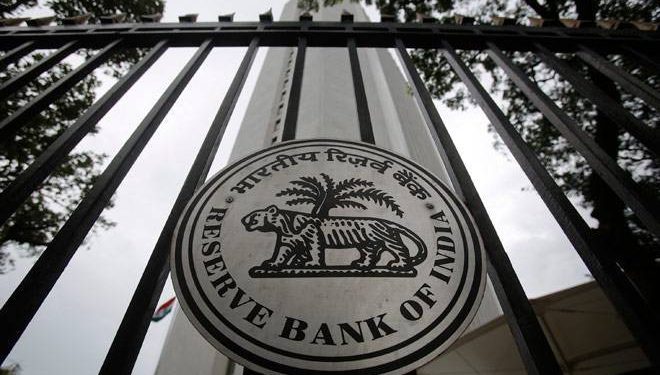The banker of the banks is in trouble recently due to its independent functions being questioned by Modi government. There is an ongoing tussle between government of India and RBI regarding disagreements on setting up interest rates and adoption of monetary policy that controls the money economy. The Reserve Bank of India is considered the last resort for any bank and is the financial regulator which looks at the smooth flow of cash, maintaining financial and monetary stability. However the government is trying to intrigue into RBI’s policies and blaming it for financial turmoil in the country.
The government and central bank works together to achieve fiscal, financial and monetary stability in the economy. However, since Independence RBI has maintained its autonomy over financial matters. As we dig into history, only in 1937 and 1957 there were differences between the government and RBI. What seems to be new in the current tussle is the number of issues that have crept in and rising interest rates which have led to shaky financial economy.
The recent demonetisation has resulted in financial downturn, as the government took initiative to curb the black money in sync with the recommendations of RBI. Rising fiscal deficit in recent years due to heavy expenditures on flagship programmes such as Make in India, Digital India, SBM, etc., has resulted in easing of monetary policy as it is tied to fiscal deficit. Thus, the result is increasing interest rates and inflation. This is not a blame game, but a game where both government and central bank should work together keeping aside political factors. Hence, we need to question how far independent the RBI is; the need for autonomy; economic consequences and; need for harmony between government and central bank for economic growth and prosperity.
By autonomy we mean the condition of self-governance, freedom from external control or influence. The communication policy of RBI itself says -“role of communication policy, therefore, lies in articulating the hierarchy of objectives in a given context in a transparent manner, emphasising a consultative approach as well as autonomy in policy operations and harmony with other elements of macroeconomic policies”. This re-emphasises the fact that the government gets involved as a consultant to give suggestions rather than taking the entire policy operations in its hands and ruling the economy.
Economists believe that central banks need to be given some degree of independence so as to formulate monetary policy which indeed affects the monetary policy instruments such as inflation rates, interest rates and other macroeconomic variables such as economic growth.
The autonomy can be divided into three aspects – personal independence, policy independence and financial independence. Personal independence means how free the central bank is from government influence in appointment, term of office and dismissal of top tier officials and governing board members. By policy independence, we mean how much the central bank has control over its instruments to tackle the monetary policy and its execution. This type of policy can either have goal independence where the central bank can decide what goal to achieve say for instance inflation; and secondly it can heave mean independence i.e. the government can set a goal and central bank can achieve such goal by whatever means it has on which government has no control.
Financial independence is the most challenging one; here the central bank gets to decide the extent to which government expenditure is either directly or indirectly financed by central bank credits. Coming to Indian scenario, the financial independence is dependent on the extent of fiscal deficit prevailing in the economy. This usually leads to monetisation of government’s fiscal deficit through seigniorage which results in rising inflation.
Recent developments of government having a tug of war with RBI are based on the implementation of Section 7 of the RBI Act. The Section 7 of the RBI Act throws light on the management of policies and functions in harmony with the central government. It clearly specifies that the central government may time to time give such directions to the bank as it may, after consultation with the Governor of the bank, consider necessary in the public interest. Hence, in the history of independent India, this section has not been invoked.
The RBI governor, Urjit Patel is likely to consider resignation is an indication that there is political influence on the independence of the RBI in dealing with non-banking financial companies’ crisis and rising NPAs. Section 7 of the RBI Act is vague. Whether government has a right to overpower RBI and take necessary steps to control current inflation rates and tighten the monetary policy is uncertain. If it does so then the financial autonomy of the RBI is in question.
The blame game kicked off with the huge PNB scam where the RBI blamed the government for not giving the regulator same powers as those for supervising private banks. The finance ministry hit back by saying that RBI has enough powers to check on asset quality of banks and defaulters. Also, the six to eight percent recovery of black money due to demonetisation is ambiguous. The numbers do not match between the government and RBI, which further deepens the inadequacy in tackling black money present in the economy.
Overall, for sustaining economic growth by containing inflation and interest rates the central government and RBI must work in harmony for a greater cause. The monetary fiscal policies must complement each other.
The writer is an alumna of London School of Economics.






































